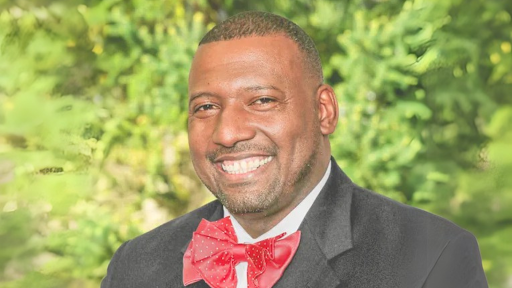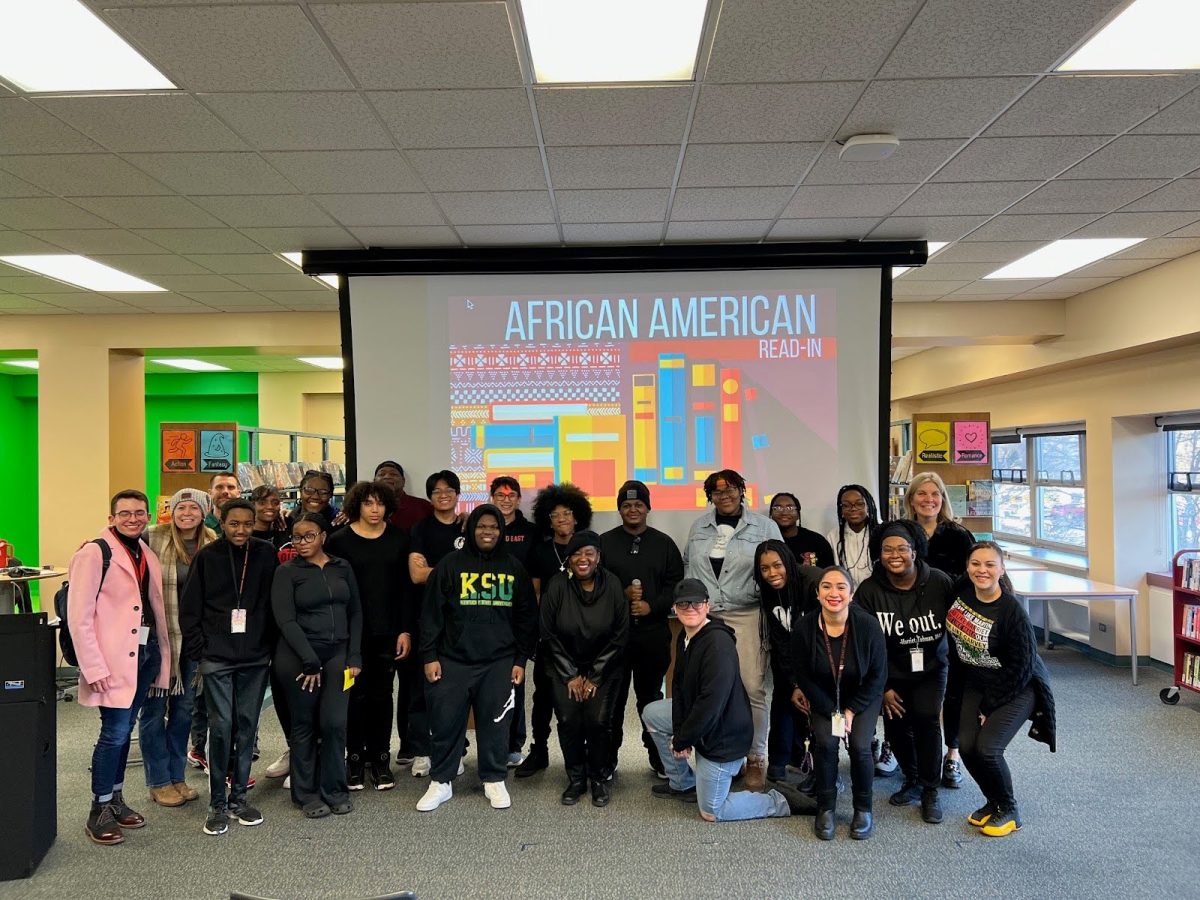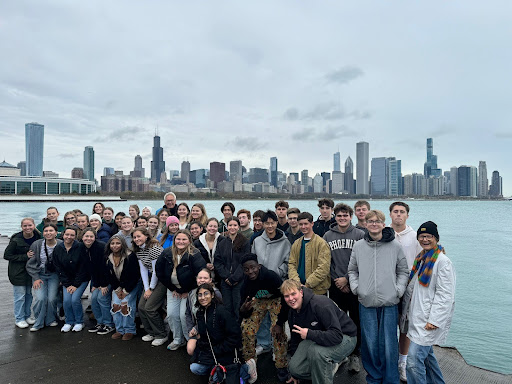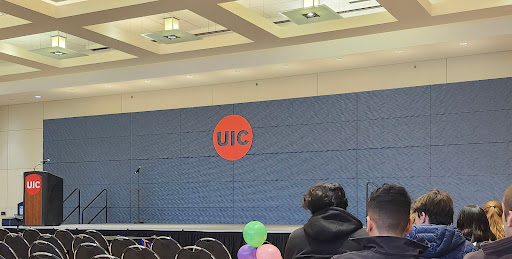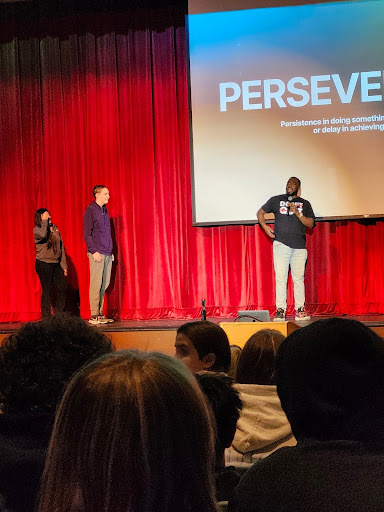Growing up, Senior Natalie Keas was an active kid. She played sports and was in the orchestra. But one day in middle school, she started coughing and wheezing uncontrollably and could not lie down without pain.
This eventually led to her diagnosis of Cystic Fibrosis, a respiratory disease that causes lung damage. This experience inspired her to do work with children with disabilities and start her own foundation. But it wasn’t so easy at first and she spent 3 years waiting for a diagnosis.
“It was just getting worse and worse, and I was getting weaker. I was having a lot more pain in my chest and I was having issues with my heart rate,” Keas said.
These symptoms continued and her family suspected she had sleep apnea or needed to get her tonsils taken out.
“As the year went on, and I kept getting sicker, I was sent off to the Children’s Hospital. They told me it’s a world-renowned hospital. They’ll fix you right away. Newsflash, they didn’t. And I just kept getting tested for things and nothing was coming back positive.”
Keas talked to her cousin who had cystic fibrosis after having experienced similar symptoms. Her family then asked her doctors about testing for CF, but her concerns were dismissed. However, there is one difference between Keas and her cousin: their ethnicity. Her cousin is white and she is Hispanic.
According to National Geographic, CF often is underdiagnosed in people of color. The mutation that causes the disease for patients of color is different from white patients. This is an example of medical bias since the tests are made for White patients.
“And so we just kept being told there’s no way it’s CF; it kept getting brushed over. Again, bouncing from specialist to specialist because everyone kept giving up on me,” she said. “I had one doctor who treated me really badly tell me it was all anxiety. And that’s when I felt like I really started to lose my spark. I was just getting sicker. I felt like no one believed me and no one was on my side.”
During this time Keas could barely get out of bed let alone do any physical activity. Walking around school and keeping up with her work was difficult for her. Because of the pandemic, she faced a lot of judgment and stigma around her coughing.
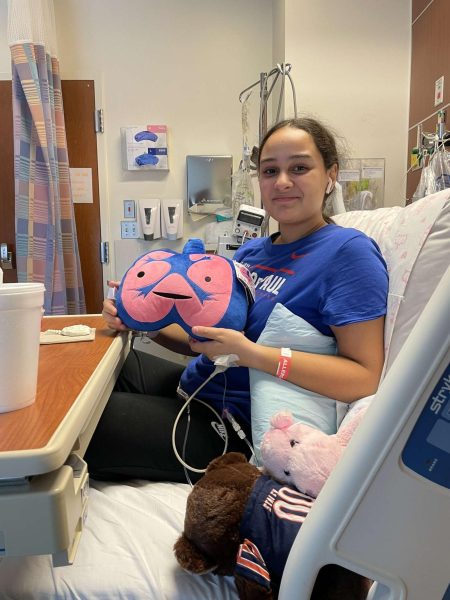
“A lot of people made faces at me or would scoot away from me. I get it. You want to be cautious, but it also doesn’t feel good when I know that I’m not contagious. So the pandemic part was really hard for it,” she said. “It’s also anxiety-provoking to go to school during a pandemic when you know you’re so susceptible to lung diseases and issues. So there was a big anxiety portion of it. It was hard to even walk through the hallways since I was always out of breath.”
Emma Carneiro, a junior, met Keas in orchestra class during her freshman year. Even though Keas was struggling, Carneiro’s first impression of her was that she was fun and energetic.
“She was someone that I wanted to get to know and that I wanted to get closer to,” Carneiro said.
In the summer of 2021, Keas had a procedure checking her lungs and nose. They were able to tell that she was very congested and finally tested her for CF. She found a new doctor who told her that many genes causing CF haven’t been discovered yet which is why many patients fly under the radar. She started taking Trikafta medicine, a treatment for CF, and within a few weeks, everything started to change.
“I remember at one point, just going downstairs to sit with my dog and I was petting her and I just lay down to pet her. And it wasn’t until a couple of minutes later that I realized I was lying down. I’m not coughing. And it just felt natural to me,” she said. “It was so strange and that’s when I knew that I had cystic fibrosis because there’s no other reason that medicine would work. That was so beautiful.”
With her diagnosis, Keas has received proper care and has transitioned into a more normal life.
“Especially last year she became more open about her process. I think that a lot more into her junior and senior year she learned to balance her health and her academics that is sustainable for her and in a way that works for her,” said Carneiro.
But Keas didn’t stop there. Her story of being dismissed and ignored is not uncommon in the medical community, especially among people of color. She knew she had to share her experience with others and published a blog post with the Cystic Fibrosis Foundation titled Chasing a Diagnosis.
She also started her own foundation called Keas With a Cure, selling shirts, crewnecks, and mugs to raise money for CF. Outside of school, she works for the Western DuPage Special Recreation Association. Keas works with kids with special needs three to five days a week.
Her job inspired Keas to want to become an occupational therapist working in a hospital and helping children with disabilities. Keas is graduating early this semester and has committed to DePaul University. She’s excited for her new chapter and to start her journey helping others.
“I really think it’s the best job in the world. I feel like I’ve formed such great bonds with all my participants,” she said. “It’s so rewarding when you get to see them excel and improve a lot.”




